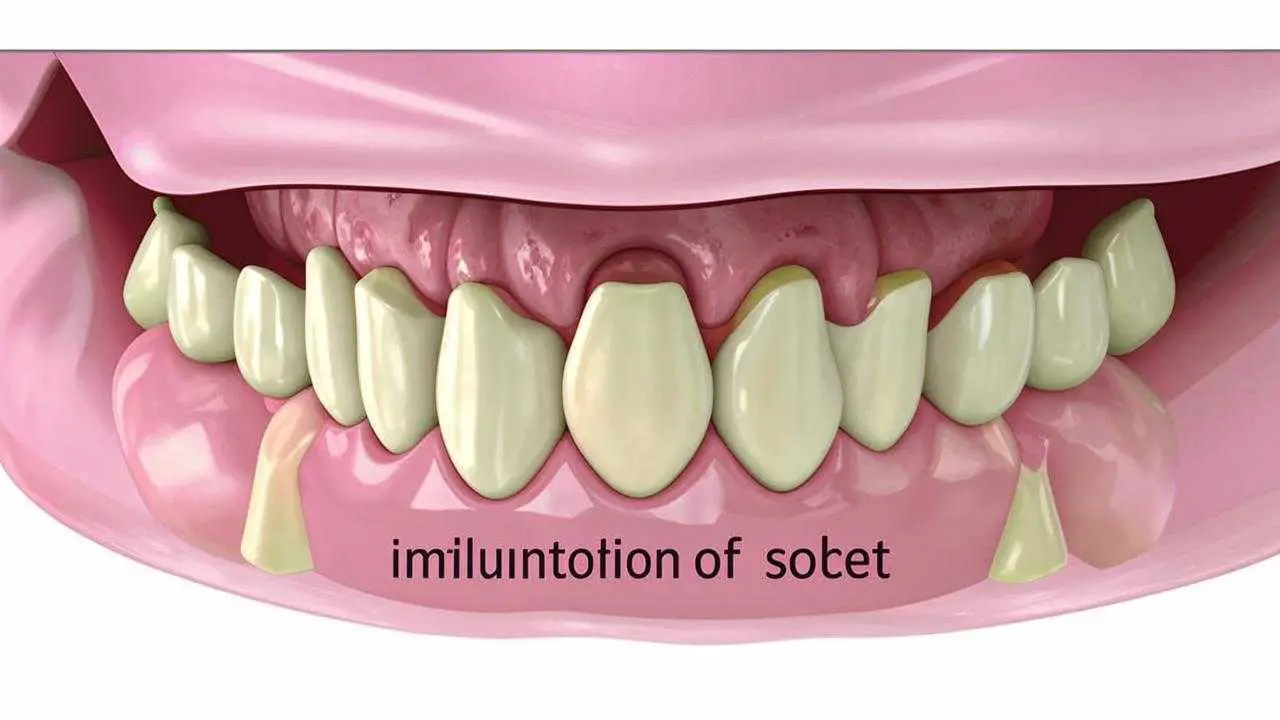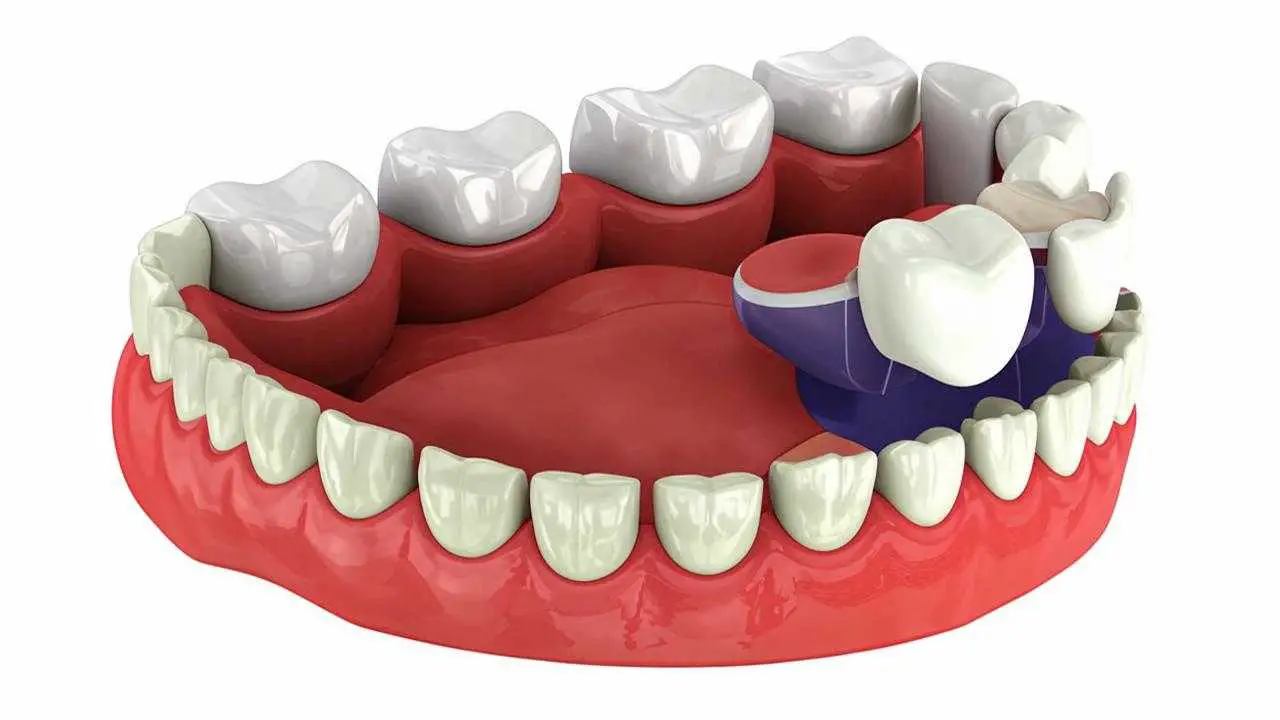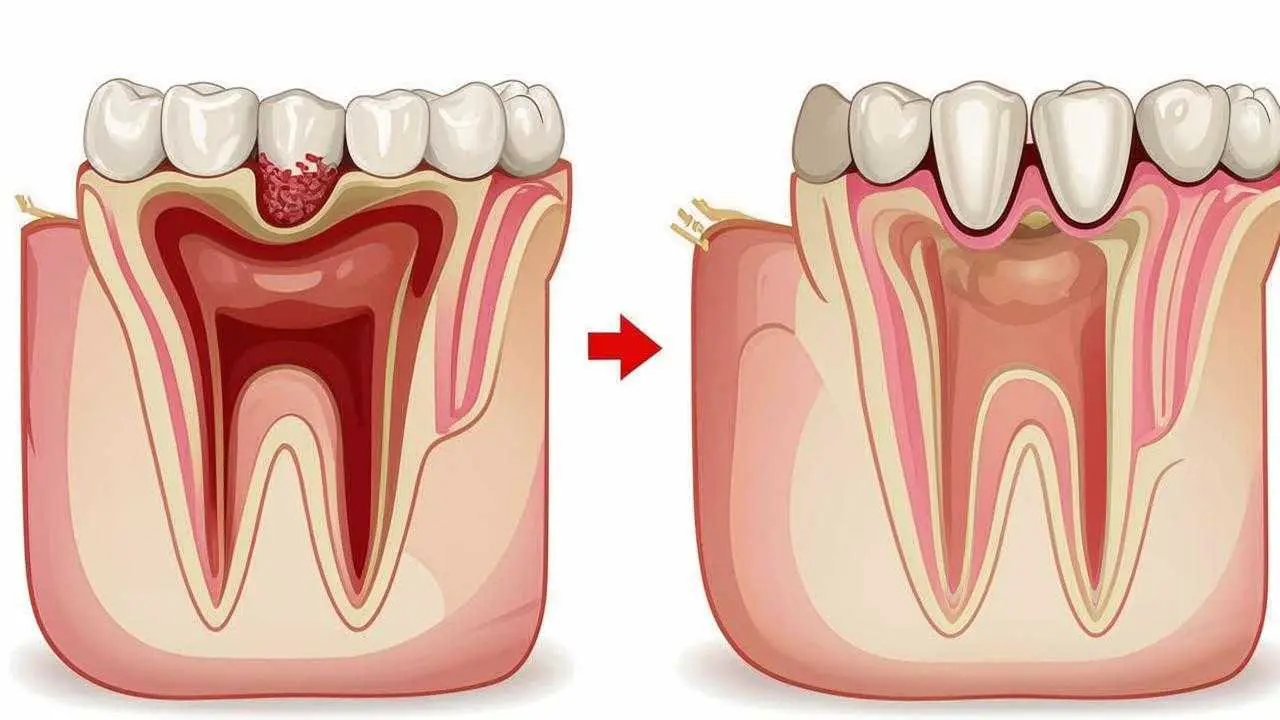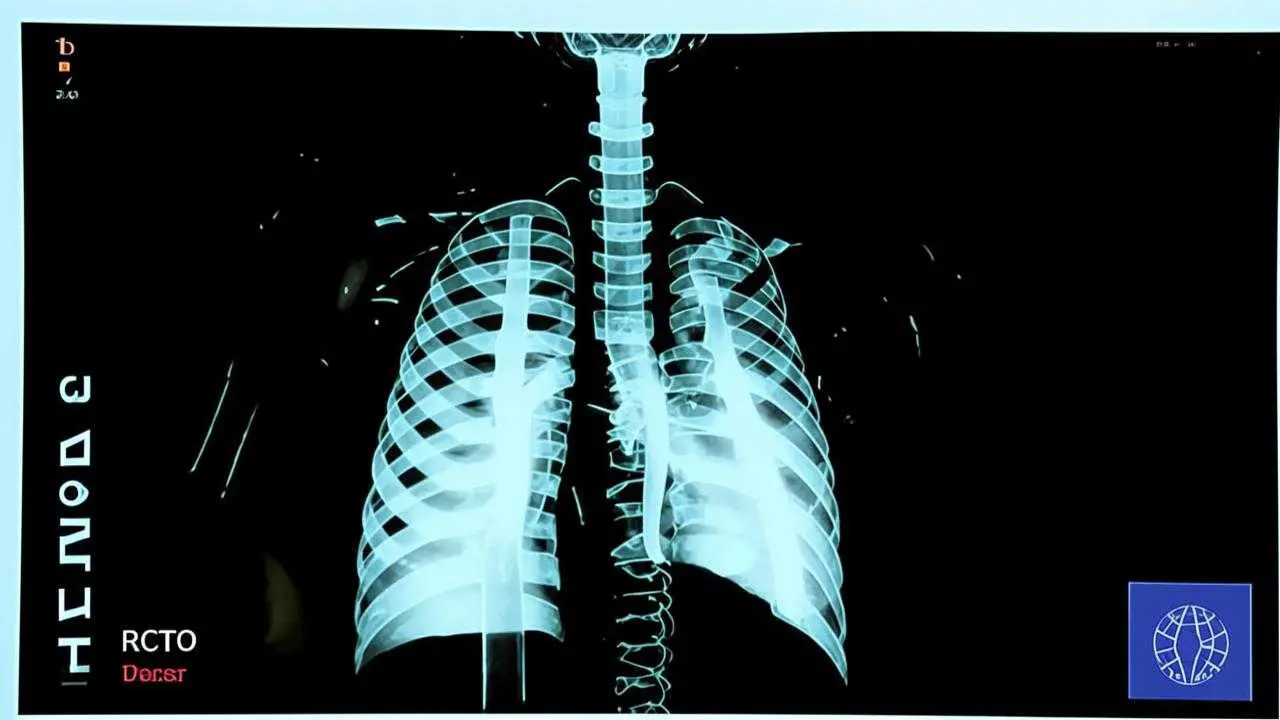Tooth extraction is one of the most popular and simple operations in medicine. It usually goes without complications, but due to a number of common or subjective reasons, abnormalities may occur. One such postoperative complication is a dry hole.
The fact is that after extraction of the tooth, a cavity is formed in its place, which in a positive scenario is filled with a blood clot. It prevents the penetration of germs into the open wound and promotes its early healing. A dry hole after tooth extraction is the absence of the very blood clot in the cavity. This can happen for two reasons:
- Dislocation or resorption.
- Heavy bleeding, as a result of which the clot was not able to form.
Whatever the cause, the healing process can take weeks and be accompanied by serious discomfort, which is not always possible to eliminate by their own efforts.
Symptomatology
Dry socket syndrome is very painful. It is quite easy to identify it if the following symptoms appear within 2-3 days after tooth extraction:
- inflammation of the gum, accompanied by severe pain;
- pain in the neck and ears;
- the appearance of bad breath;
- taste of pus in the mouth;
- partial hearing loss;
- general malaise
Visually, a dry socket is an empty cavity in the area where the tooth grows, initially exposing the jawbone and then turning into a reddened, pus-filled wound.
Normally, a cavity is a cavity that fills with blood clot after tooth extraction. Over the next three days, the clot thickens, and light streaks of fibrin appear on it – the beginning of the formation of new gum tissue. There may be slight soreness at the wound site. From day 4 to 7, swelling gradually subsides, and the gum acquires its usual pink color. There is no pain.
Causes of dry sore
There are several causes of dry sore. Some of them can be prevented by following simple recommendations regarding personal hygiene and caution. Causes:
- Smoking. In this case, there is a decrease in pressure in the oral cavity, which can cause the formed clot to fall out;
- neglect of oral hygiene;
- low blood clotting;
- taking oral contraceptives;
- mechanical damage to the well itself or the tissues around it.
In addition to the above reasons, a dry cavity can appear as a result of an incorrectly performed tooth extraction procedure. During a complex extraction, when the tooth had to be extracted from the gum piece by piece. It is necessary to follow all the rules recommended before and after the extraction.
العواقب
If during the first two days after the tooth extraction there are painful sensations, swelling does not go down and the temperature has risen, then, most likely, these are signs of inflammation. In such a case, you should see a doctor immediately, as dry socket syndrome can lead to serious complications. Such as:
- Flux. Begins to form in the case of an infection in the hole. Characterized by severe swelling and pain. Requires immediate intervention of a specialist.
- Alveolitis. This is a deeper penetration of infection – deep into the gum. Bacteria spread quickly and, if this process is not stopped in time, there is a risk of tissue necrosis. In this case, losses can be very serious.
Attention! The consequences of untimely or incorrect treatment can be irreversible. It is not worth neglecting the doctor’s advice. A wound on the mucosa is always a vulnerable zone, exposed to the attack of bacteria and their rapid spread.
Forms of alveolitis
Depending on the course of the complication, three stages are distinguished:
- Serous. It makes itself known on the 2-3 أيام after tooth extraction. At this stage, there is pain when eating, headache. Lymph nodes increase in size.
- Purulent. This is the next form, coming after serous, if not timely treatment. It is diagnosed a week after the tooth has been extracted. The pain becomes unbearable, it is also felt in the head or ear. The cavity is covered with purulent dirty-yellow plaque. Bad breath appears. The swelling and lymph nodes become enlarged and painful. It is extremely difficult to open the mouth and take food because of the painful sensations.
- Hypertrophic. At this stage, it seems that the symptoms subside: the condition normalizes, the temperature decreases. However, there is an overgrowth of atrophied tissues, and when pressed, pus is released from the inflamed wound.
If any of the above symptoms are detected, you should not self-medicate, but it is better to consult a dentist.
Diagnosis and treatment methods
To confirm the symptoms of a dry hole will help diagnostics at the appointment with the dentist. After conducting an examination, the doctor will prescribe treatment. As a rule, it depends on the stage of inflammation.
In the case of a mild form, medication with antiseptics and anti-inflammatory agents is possible. At the middle stage, antibacterial therapy is required, as well as cleaning the hole from pus and filling it with an anti-inflammatory drug. All actions are performed under anesthesia. If necessary, the reception of antibiotics is prescribed.
At the third stage – the most neglected, it may be necessary to hospitalize the patient and even surgical intervention. With proper care and the absence of complications, the hole heals within seven days. And in a month there is no trace of it.
Features of wisdom tooth extraction
Dry hole after wisdom tooth extraction is not an uncommon phenomenon. Especially often this syndrome occurs on the lower jaw due to the fact that as a result of swallowing and opening the mouth, the muscles are strained, aggravating the appearance of a dry hole and, as a consequence, alveolitis. Dry socket during wisdom teeth extraction occurs in approximately 50% of cases. Due to the anatomical features of the jaw, the blood clot often falls out.
When extracting a wisdom tooth, you should carefully observe precautions and resort to this procedure only if absolutely necessary. After all, the hard-to-reach location makes treatment more difficult.
Treatment of a dry tooth socket at home
If the pain of inflammation of the dry hole is too strong, you can take painkillers. For the first two days, apply cold compresses to the inflamed side at intervals of 20 minutes, then change to warm compresses.
Drink more fluids, especially water. It removes harmful substances from the body. Refrain from alcohol.
Rinse your mouth with a salt water solution. This cleans the wound from dead cells, relieves inflammation. But do not apply pressure in the area of the hole – you can provoke displacement of the blood clot. Rinse your mouth after every meal and before going to bed.
You can also apply a drop of clove oil to the wound – this will ease the pain. Gargling with sage and chamomile flowers, decoction of burdock leaves and aspen bark, anise infusion will also have a positive effect.
If after all the methods of pain has not subsided, swelling has not subsided, and feeling only worsened, then it is necessary to urgently consult a doctor. There is a high probability that the process of putrefaction has begun.
In the dental office, the doctor under anesthesia will clean the hole or dissect the gum – depending on the degree of neglect of the case. Fill it with antiseptic gel.
الوقاية
Prevent the appearance is always easier and cheaper than treating a dry hole. To do this, you need to observe a number of preventive measures. Namely:
- if possible, limit physical activity for a few days after extracting the tooth;
- do not touch the extraction site with your hands or tongue;
- do not chew on this side;
- avoid the use of tobacco and alcohol;
- do not eat too hot, cold or spicy food;
- it is desirable to grind food into a puree.
Treatment in the clinic
The optimal solution to treat a diagnosis of dry socket or alveolitis is a visit to the dentist. It is better to go to the same doctor who performed the tooth extraction, as he already knows the course of the operation, did the diagnostics and remembers the peculiarities of your body.
Whatever clinic you choose to go to – study its website, doctors who work there and reviews.
At RUTT Dental Center we use the latest equipment and advanced materials. The experience of our doctors is confirmed by numerous diplomas, certificates and awards. You can be sure that you are in the hands of a reliable specialist.



